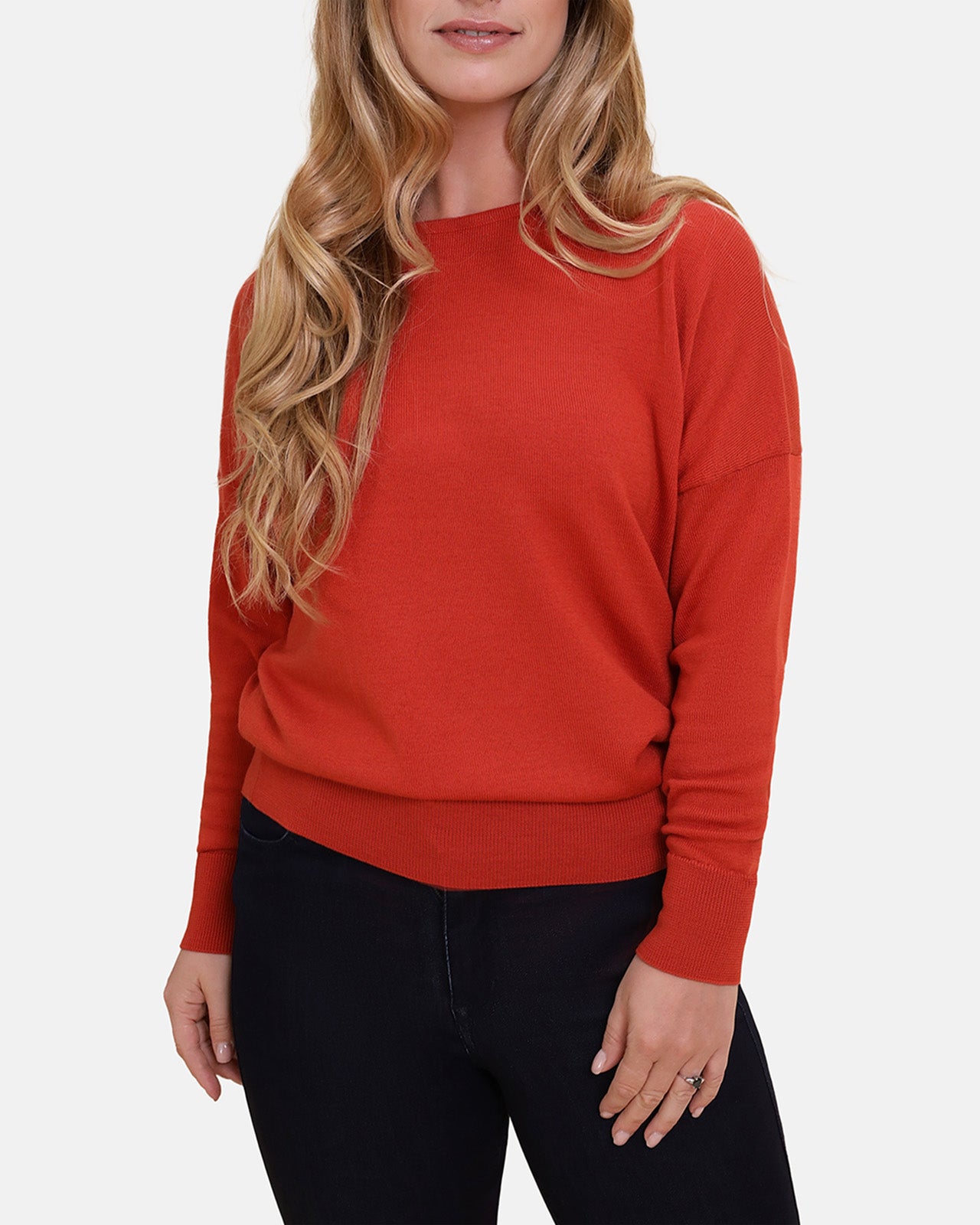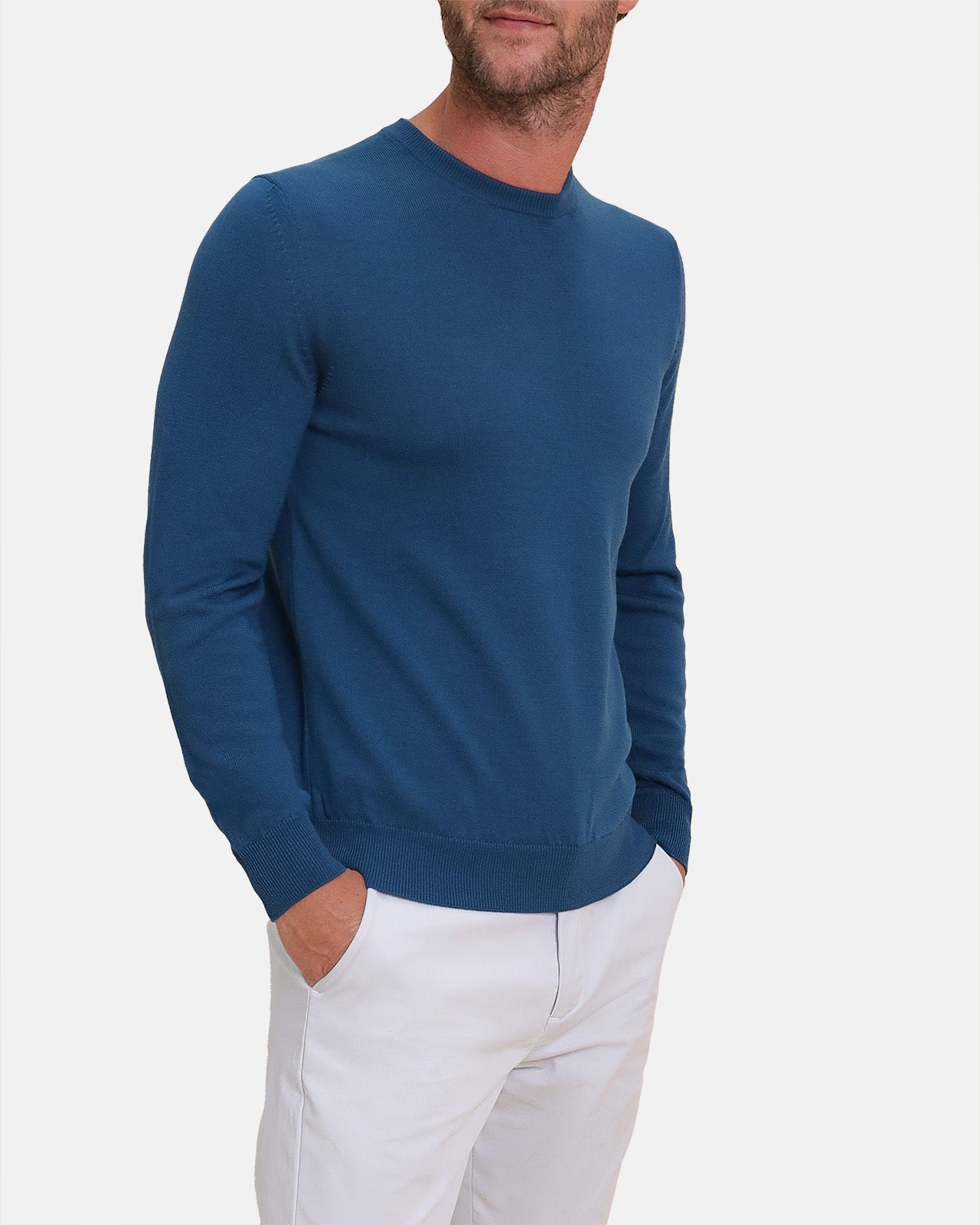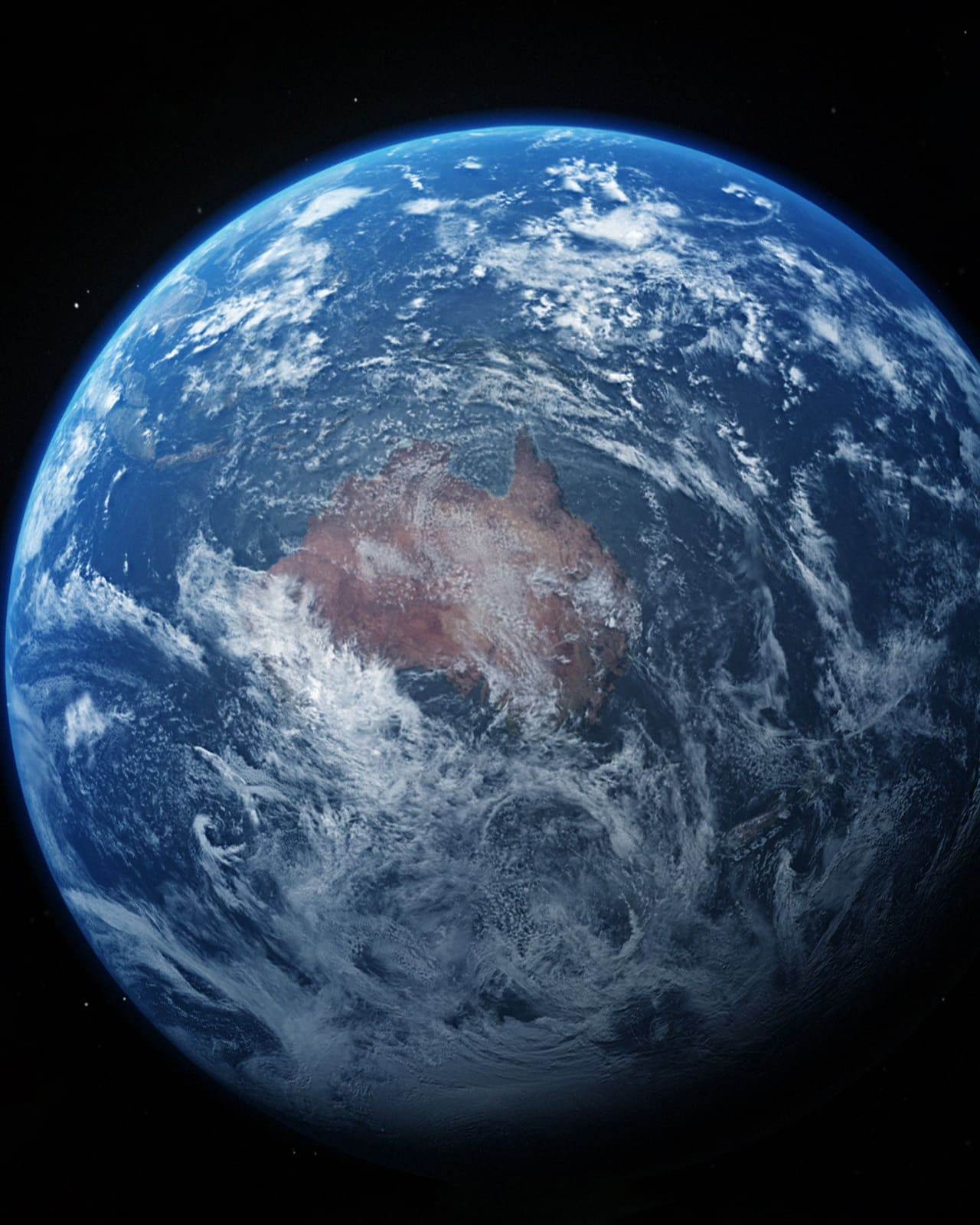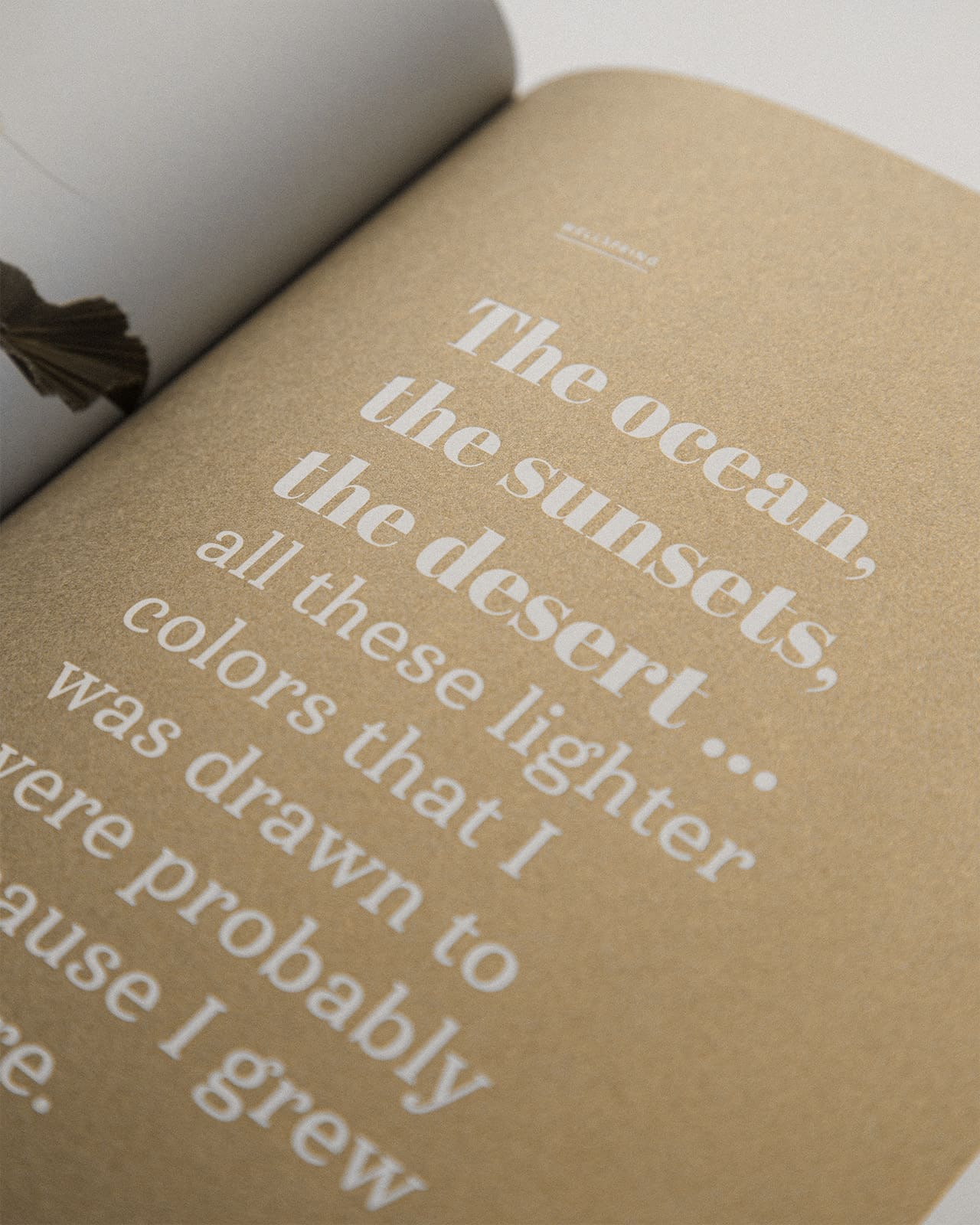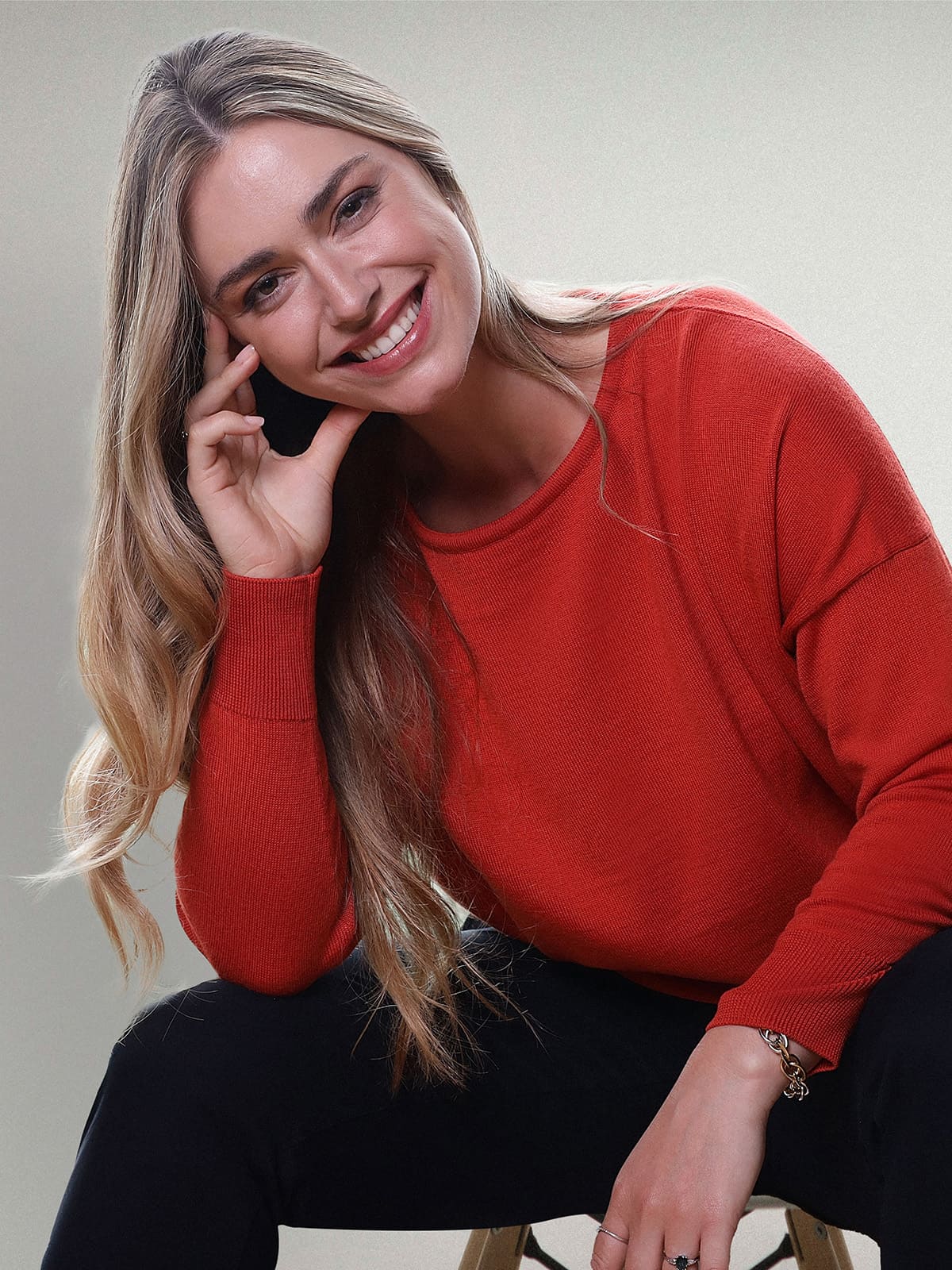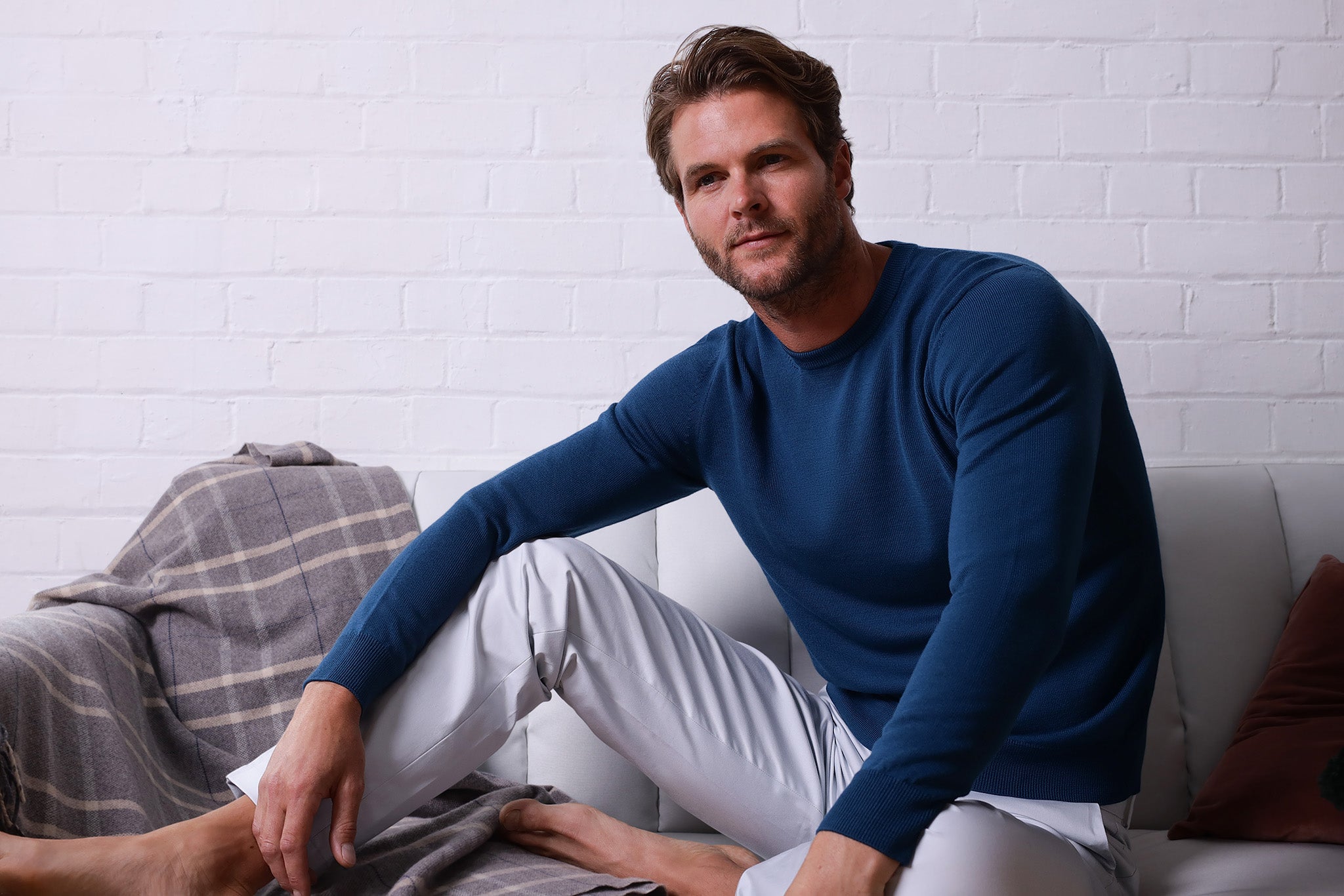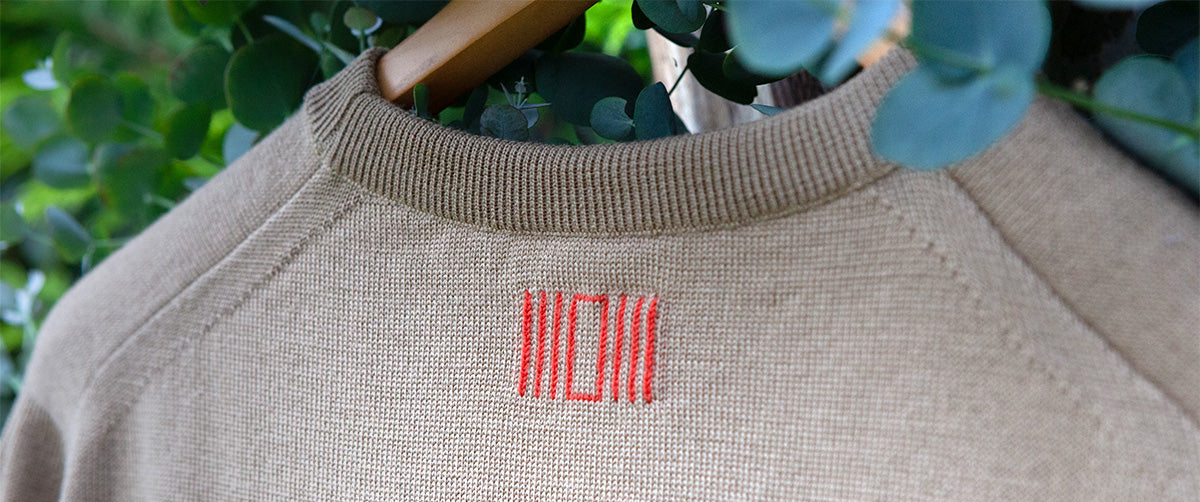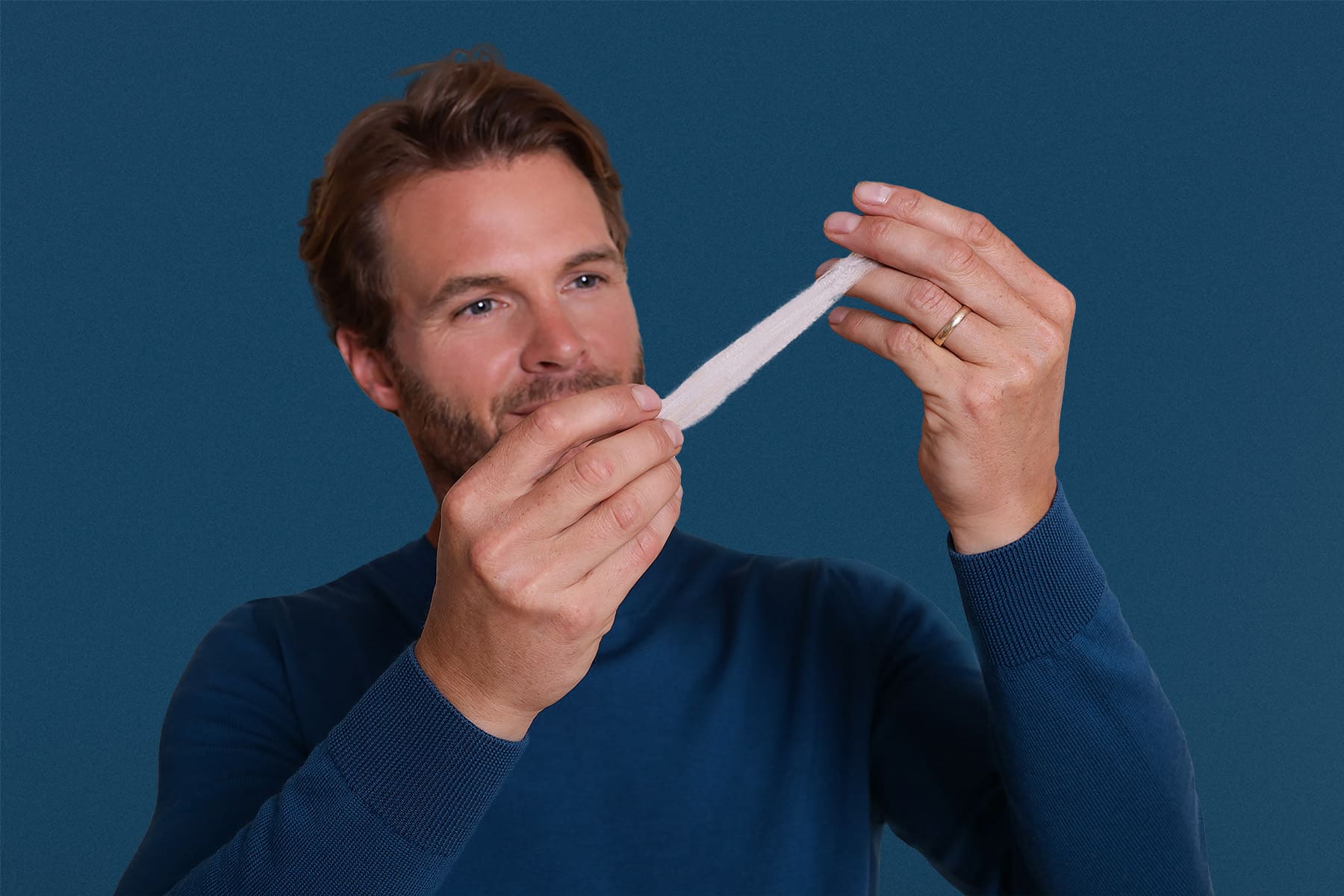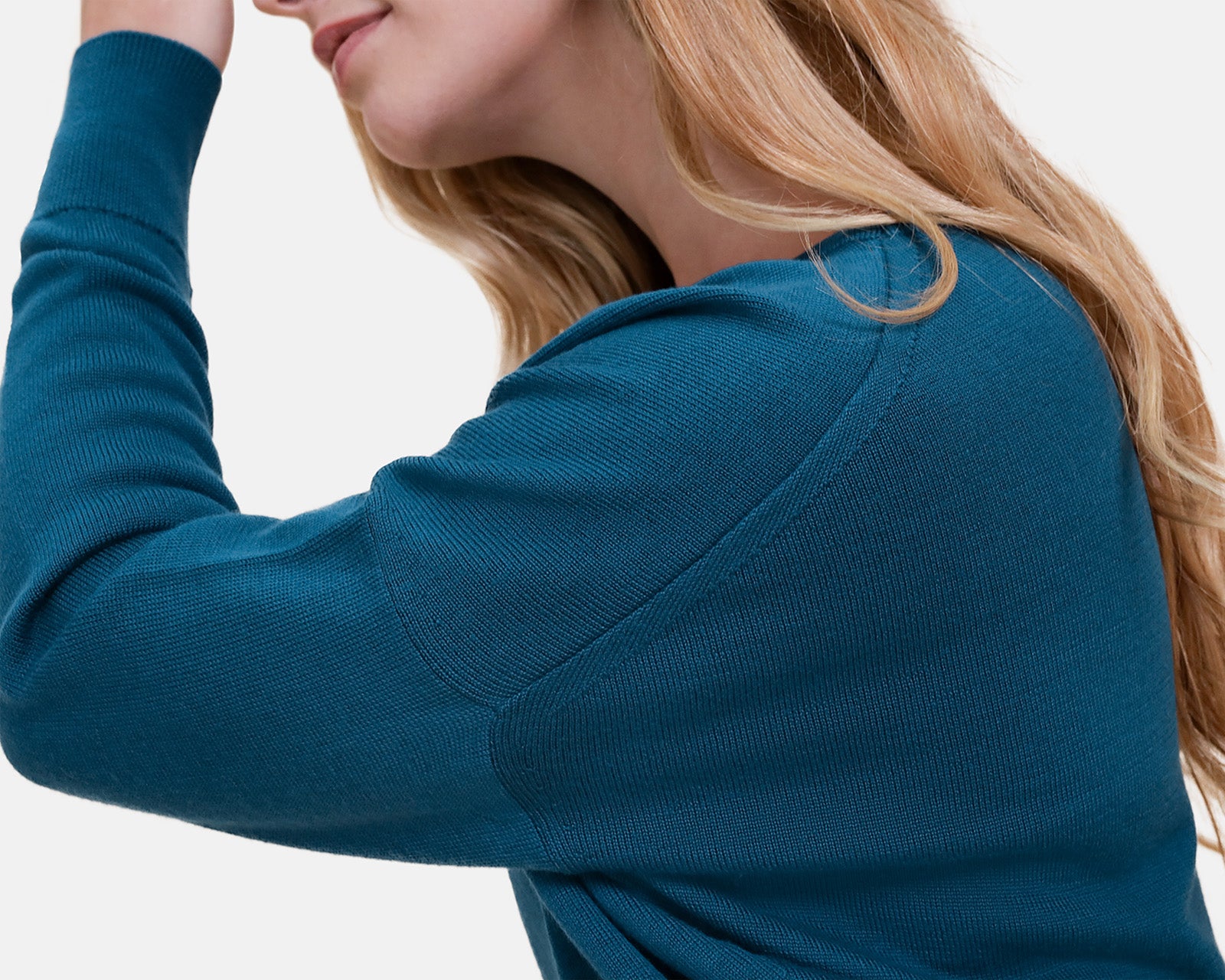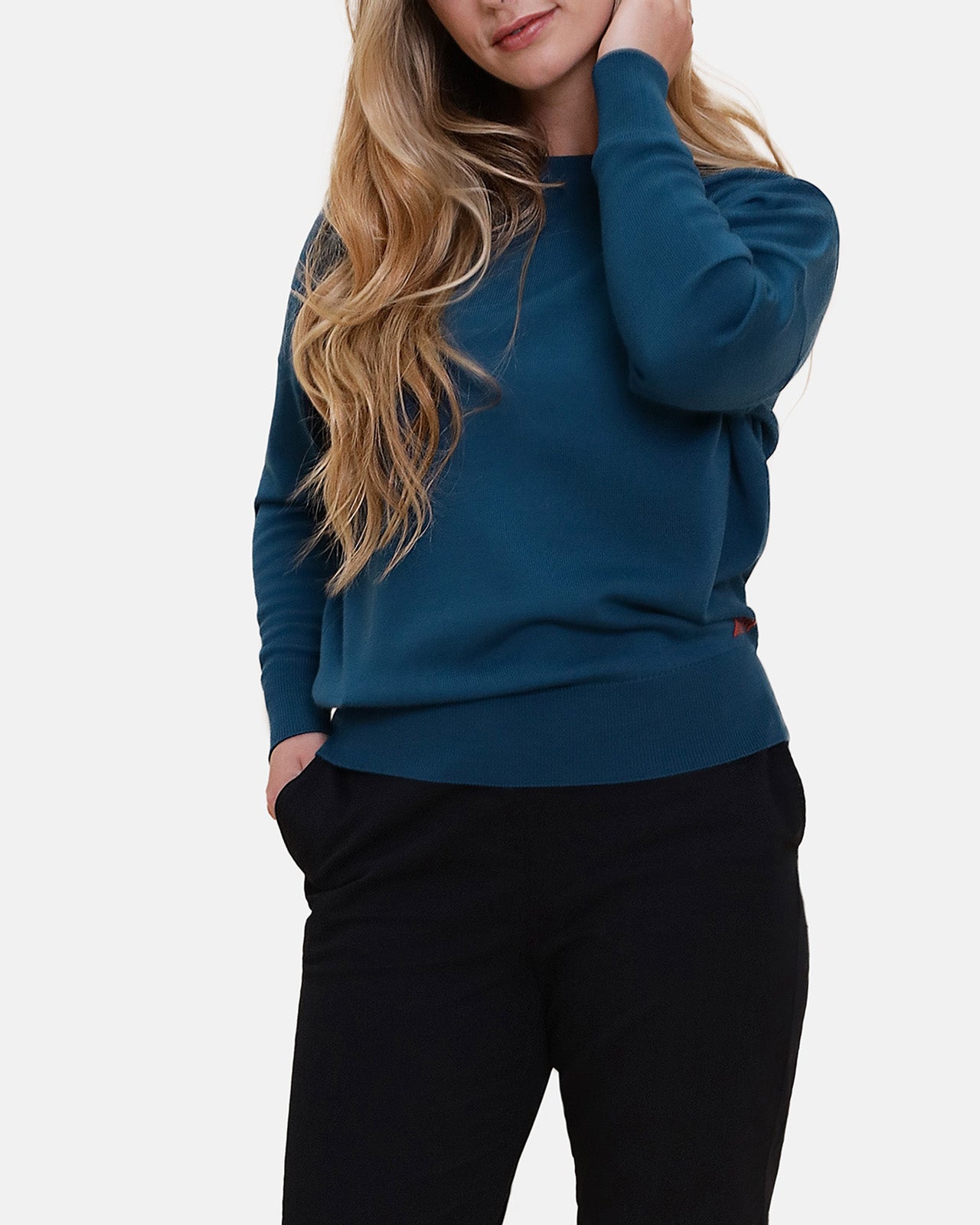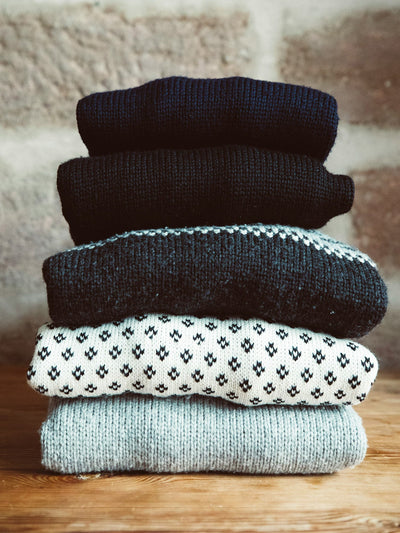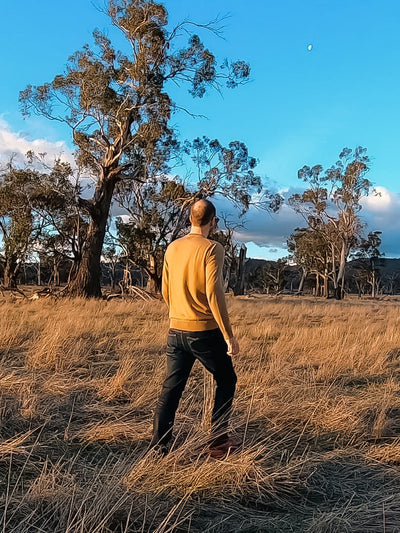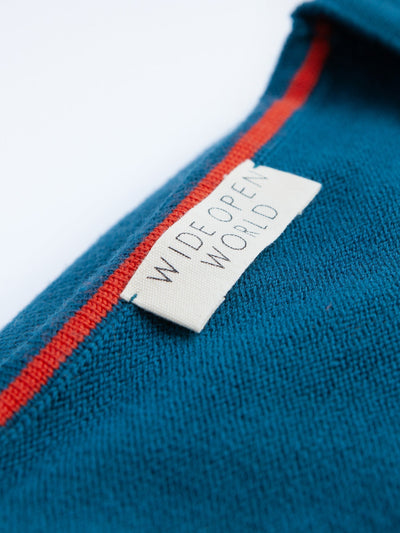Haha good question….how long have you got! A fashion designer brings an original idea to life, using technical skills, creativity and intuition. It's an emotional process and I love it.
I orchestrate every facet of the design process, which often takes several months to go from a sketched idea to final production. Immersed in research and experimentation, I glean insights into styles, techniques, colours, and fabrics, culminating in prototypes that bring all elements of design together. Another vital aspect is the creation of detailed technical instructions to support artisans in creating perfect and consistent garments which align with the original design vision.
